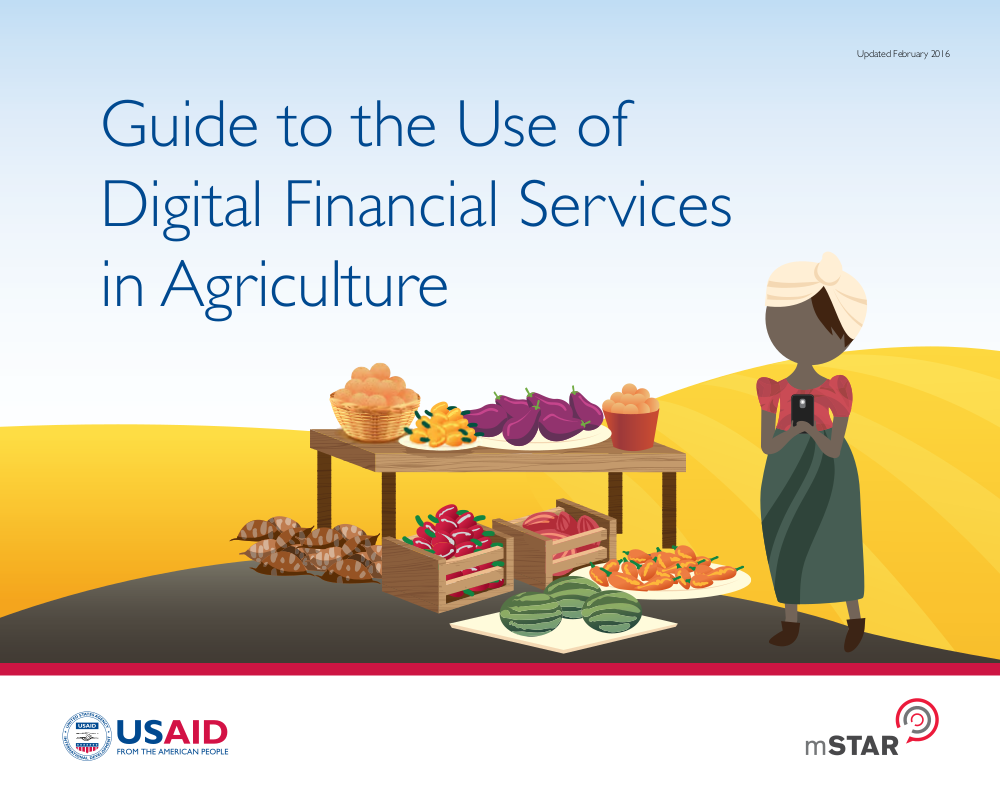- What We Do
- Agriculture and Food Security
- Democracy, Human Rights and Governance
- Economic Growth and Trade
- Education
- Environment and Global Climate Change
- Gender Equality and Women's Empowerment
- Global Health
- Humanitarian Assistance
- Transformation at USAID
- Water and Sanitation
- Working in Crises and Conflict
- U.S. Global Development Lab
Speeches Shim
Smallholder farmers (SHFs) have the potential to play an ever increasing role in feeding the world through sustainable supply of key agricultural commodities. However, most smallholders lack their own funds to invest in their farms to improve productivity and connect to markets. Without inclusive market systems, smallholders must rely on their own limited savings to invest in their farm, education, and other household needs, which contributes to lower productivity, persistent income inequality, and slower economic growth.
The nature and scale of these challenges are familiar to those of you who are driving the progress of the U.S. Government’s Feed the Future initiative, which, over the past few years, has been addressing many of these challenges in order to unlock the potential of agriculture to reduce hunger, extreme poverty, and malnutrition. This Guide to the Use of Digital Finance in Agriculture aims to provide a quick and easy-to-use tool to understand how one new technology platform, digital finance, can help address some of the challenges that smallholder farmers are experiencing today—mainly, lack of access to financial services and convenient payment systems.
Digital financial services (DFS) can help to address specific chronic challenges in the value chain—especially those challenges that need financial services solutions, and where the traditional finance sector is not fully addressing the demands in rural markets. This is often due to high infrastructure costs and a lack of incentives to adapt products to the unique needs of farmers. Digital finance offers a way to expand access to the formal financial system (through a basic transaction account supervised by the banking regulator), taking advantage of the rapid growth of digital and mobile telephone infrastructure and the advent of branchless banking (which offers the ability to transact outside of a traditional bank branch). These factors have a direct link to increasing farmer income and decreasing malnutrition.


Comment
Make a general inquiry or suggest an improvement.